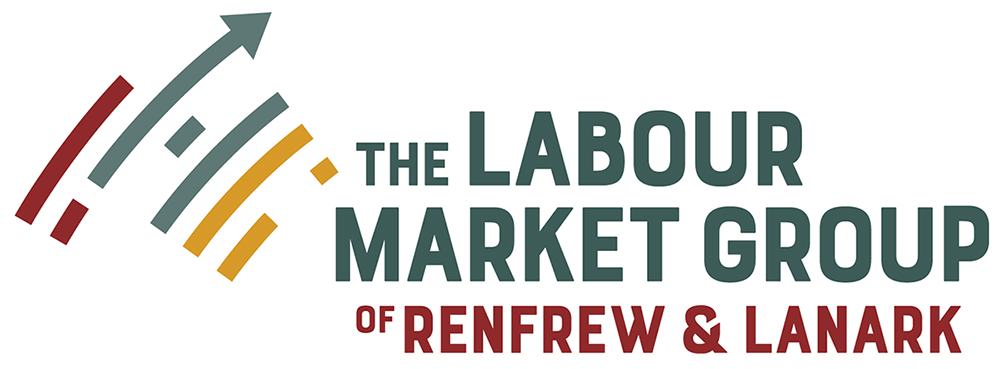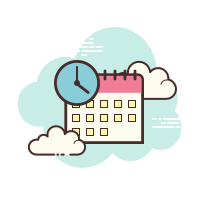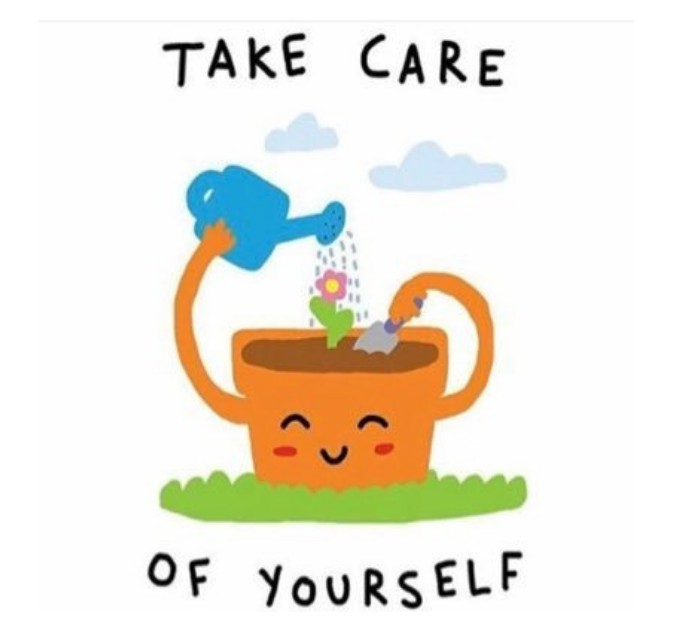The COVID-19 pandemic has severely impacted Ontario’s economy, employers and workers since the State of Emergency was first proclaimed on March 13th, 2020 by Premier Doug Ford under the Emergency Management and Civil Protection Act, R.S.O. 1990, c. E.9 as amended. However, Canadians have adapted to changing economic and social environments, as necessary, across the nation.
As we know, communities across Ontario have declared the arrival of the Second Wave of the COVID-19 pandemic. As we brace for the impacts of the second wave, it is important that we continue to follow the public health advice of health care professionals, including our local Medical Officers of Health Dr. Robert Cushman (RCDHU) and Dr. Paula Stewart (LGLDHU).
- Stay home – save lives and don’t put others at risk.
- Practise physical distancing – stay at least two metres (six feet) away from others outside of your household.
- Wash your hands with soap and water thoroughly and often. Use hand sanitizer when handwashing is not possible.
- Learn about face coverings – how to use, clean and dispose.
- Get the facts about COVID-19 – basics, symptoms and treatment.
To learn more about COVID-19 in your local communities, please visit the website of your respective Public Health Unit.
- Renfrew County and District Health Unit (RCDHU)
- Leeds, Grenville and Lanark District Health Unit (LGLDHU)

WORKING FROM HOME
As the Canadian economy ground to a halt in mid-March, many businesses were forced to adapt to new ways of transacting business with their clients. One primary change that occured was that employees began to work from home in large numbers. For the employee, working from home can be a welcome break from commuting time and an opportunity to spend more time with family, rather than in their car. However, it is also important to consider that their home has now become their workplace. From an Employment Standards perspective, the existing requirements to ensure the health and safety of the workplace and to support accommodations for employees continue to apply.
The Canadian Centre for Occupational Health and Safety (CCOHS) has produced a helpful fact sheet on tele-working or working from home that is accessible on their website here. They explain that employers should consider what agreements exist with their remote employees. Answering the following questions about these arrangements may be helpful to determine health and safety implications for the employer.
- Will the employer or the health and safety committee have access to the house for safety inspections? Or, will alternative arrangements be made such as the worker using checklists or submitting photos of the work area?
- What parts of the house will be considered the ‘workplace’? Is the bathroom and/or kitchen included?
- That teleworkers must immediately report any incident or injury to their supervisor (just as they would at the office).
- How will incidents be investigated?
One important aspect of the working from home environment is that there needs to be adequate policies and procedures in place to provide guidance to employees. These policies may speak to hours of operation, technology requirements, office supplies, etc. These policies could also outline:
- Who buys and maintains the equipment such as the desk, chair, computer (including software and updates), fax, general office supplies, etc.
- If remote access to company’s main computer systems are available outside of the office or not. If possible, how and what type of software or equipment is necessary.
- What expenses will be reimbursed (dedicated telephone lines, Internet access, business telephone calls, office supplies)?
- What hours the employee will be available?
- How will overtime be approved?
- When and how often the employee will check for messages?
- Will the primary contact method be by telephone or e-mail?
- What number to call to reach employee at home. Is there an alternative number?
- Who will have access to home-office phone number?
- Listing of work assignments, due dates, work expectations, etc.
On the employee side, you should consider your needs to ensure that you are maintaining positive physical mental and mental health in your professional and personal lives. The following tips from the Government of Canada can help you to do so. Also check out this helpful checklist from the Workplace Safety and Prevention Services on setting up your home office.
1. Set a schedule: We are creatures of habit. Routine helps us physically and mentally prepare for our day. When working from home:
- Get ready for work. Shower. Get dressed. Eat breakfast. Keep the same routine as when heading into the office. However, without commute time, there may be an opportunity to sleep longer.
- “Commute” to work. If possible, have a dedicated workspace that minimizes distractions and helps reduce the blurring of lines between your work and home life.
- Schedule your time. Set regular working hours, including breaks and self-care practices between different tasks. Check-in regularly with your manager and colleagues.
- Respect your limits. Resist the temptation to keep working beyond your established work hours. Know, respect and share your limits with those around you to avoid burnout
2. Stay connected: Physically distancing ourselves can make us feel disconnected. To help maintain social connection:
- Call / text a “work buddy.” Pair up with a peer to whom you can relate, sharing successes and challenges.
- Take a virtual coffee break. Skype, FaceTime, etc., hearing friendly voices and maintaining social connection.
- “Meet” by the water cooler. Set up a channel on a social networks for impromptu, informal workplace conversations.
- Help colleagues with disabilities. Offer assistance such as taking notes during virtual meetings or writing a descriptive text to relay information on images.
3. Make time for self-care: Practicing self-care isn’t selfish. It is essential to maintaining positive mental health. Back to basics works best:
- Get sufficient sleep. Aim for 7.5 to 9 hours of sleep. Maintain proper sleep hygiene for the rest you need.
- Eat healthily. Ensure proper, balanced nutrition throughout your work day. Stay hydrated.
- Exercise regularly. Your gym may be closed, but the outdoors are not. Get outside for a daily 20-30 minute walk.
HANDLING ELECTRONIC MEETINGS
With working from home, employees and their employers have also been thrown into the electronic age of video conferencing to conduct much of their internal communications. What was accomplished by an in-person staff meeting or an individual meeting with an employee must now be completed virtually as much as possible. As a result, we have become familiar with various video conferencing platforms which offer their services to Canadians.
These tips and tricks have been adapted from the MW Shares: Municipal Pandemic Response podcast episode with communications consultant Jan Enns (Part One | Part Two) which was released in early September 2020. To view her tip sheet, visit the Municipal World website here.
- Set up your “studio” where you can have some privacy and consider placing a note on the door to alert other people that you are in a video conference call.
- Ensure that your background is appropriate for the conference call. For instance, remove family photos and add books, art, plants, etc. to improve the background. Be careful with virtual backgrounds as they are not always successful if you are moving around during the meeting.
- Place your camera lens at eye level so that you can maintain virtual eye contact with other participants.
- Check the lighting in your “studio” space. Orient yourself so that light is facing you, not behind you (to prevent shadows).
- Check the video, sound and microphone capabilities of your device before the meeting. Launch a test meeting with co-workers or family members to test the connection. Alternatively, you can use your device’s camera feature to record yourself and play back the recording to evaluate the quality of the audio-visuals.
- Know your “vidiquette”:
- Arrive early and test your technology.
- Simple movements can be very distracting on a video call. For instance, know where your camera is and where the mute button is. Ensure that your hand doesn’t block the video while you are muting/unmuting yourself.
- Be attentive to what you are doing while in the meeting (eating, flossing, multi-tasking). Be cognizant of your actions as they are visible to other attendees as well. Generally, follow the same etiquette practices that you would as if the meeting were in-person.
- It’s okay to step away. Let the meeting host/chair know and simply mute your audio and turn off your video (if necessary).
- Remember to stay hydrated during your meeting. Drinking coffee, water, and/or juice is appropriate but be cognizant of the glass/mug that you choose (i.e. appropriate text).
- Turn off the ringer on your phones and your computer/device notifications.
- Be a calm and confident communicator. Sit tall and box breathe (breathe in for a count of three, hold for three, breathe out for three, hold for three and repeat three to five times).
- Start with a smile – its contagious.
Please also remember that the video conferencing environment is new for most of your colleagues. Be kind and patient as they explore the new technology. The occasional barking dog or screaming baby should not derail an entire meeting. Chalk it up to the trials and tribulations of working from home.
COPING WITH STRESS AND ANXIETY
In the wake of COVID-19, Canadians are facing a new reality of physical distancing, self-quarantining and isolation in order to protect public health and safety. These new circumstances may lead individuals with mental health concerns into heightened symptoms of anxiety and depression.
Here are some tips to maintain your physical and mental health:
- Stay connected – maintain your social networks with family and friends on-line and by telephone.
- Create a family schedule – follow your usual routine as much as possible. If you are working from home with the kids also at home, prepare a schedule together that is similar to the structure of school and work. While you are working, children could be doing on-line learning or other quiet activities. Children can suggest things to do together for breaks. Make sure to build in outdoor play, hikes and walks during the day.
- Stay Active – it’s important to keep your body moving. It may be tempting to pass the day by binging on the latest Netflix release or scrolling through Facebook for hours. Try going for a walk or try out an at-home exercise workout. Many local gyms and yoga studios are moving on-line. YouTube has lots of great videos for all fitness levels. For more ideas, check out http://www.participaction.com/ and https://activeforlife.com/
- Get outside – get as much sunlight, fresh air and nature as you can to boost your mood, even if it is limited to your backyard. Finish up some fall yard work or have an outdoor scavenger hunt. http://www.mykidsadventures.com/scavenger-hunt-ideas/
- Keep busy – now is a great time to tackle those jobs around the house that you’ve been putting off. Declutter closets and drawers or organize family photos.
- Cook more – find a new healthy recipe to try at nutritionmonth2020.ca and unlockfood.ca
- Keep your mind active – catch up on podcasts, read a new book, dust off a puzzle or board game.
- Be creative – start a new do-it-yourself project, paint a picture, do a craft, write a journal, listen to music, play a musical instrument, start an online course through your local library or post secondary institution.
- Set limits on the news – stay informed with facts from reputable sources, but don’t overdo it. If it is causing you too much anxiety or worry, take a break.
- Seek out help when you need to – it’s OK, to not be OK.
For local support materials, visit https://www.rcdhu.com/healthy-living/mental-health/ and for general information on mental health, visit https://www.camh.ca/en/health-info/mental-health-and-covid-19.

If you are in a crisis, please call 911 and emergency services personnel will assist you, in conjunction with the local hospital. Outside of a mental health crisis, your family doctor may be able to assist you to access further counselling services and/or explore medication options tailored to you. If you do not have a family doctor and your concern is not urgent, Renfrew County residents may contact the Renfrew County Virtual Triage and Assessment Centre (RCVTAC) at 1-844-727-6404 or https://rcvtac.ca/. Please note that they are currently experiencing higher than normal wait times due to COVID-19 test bookings.
















